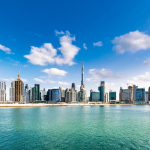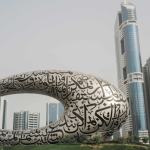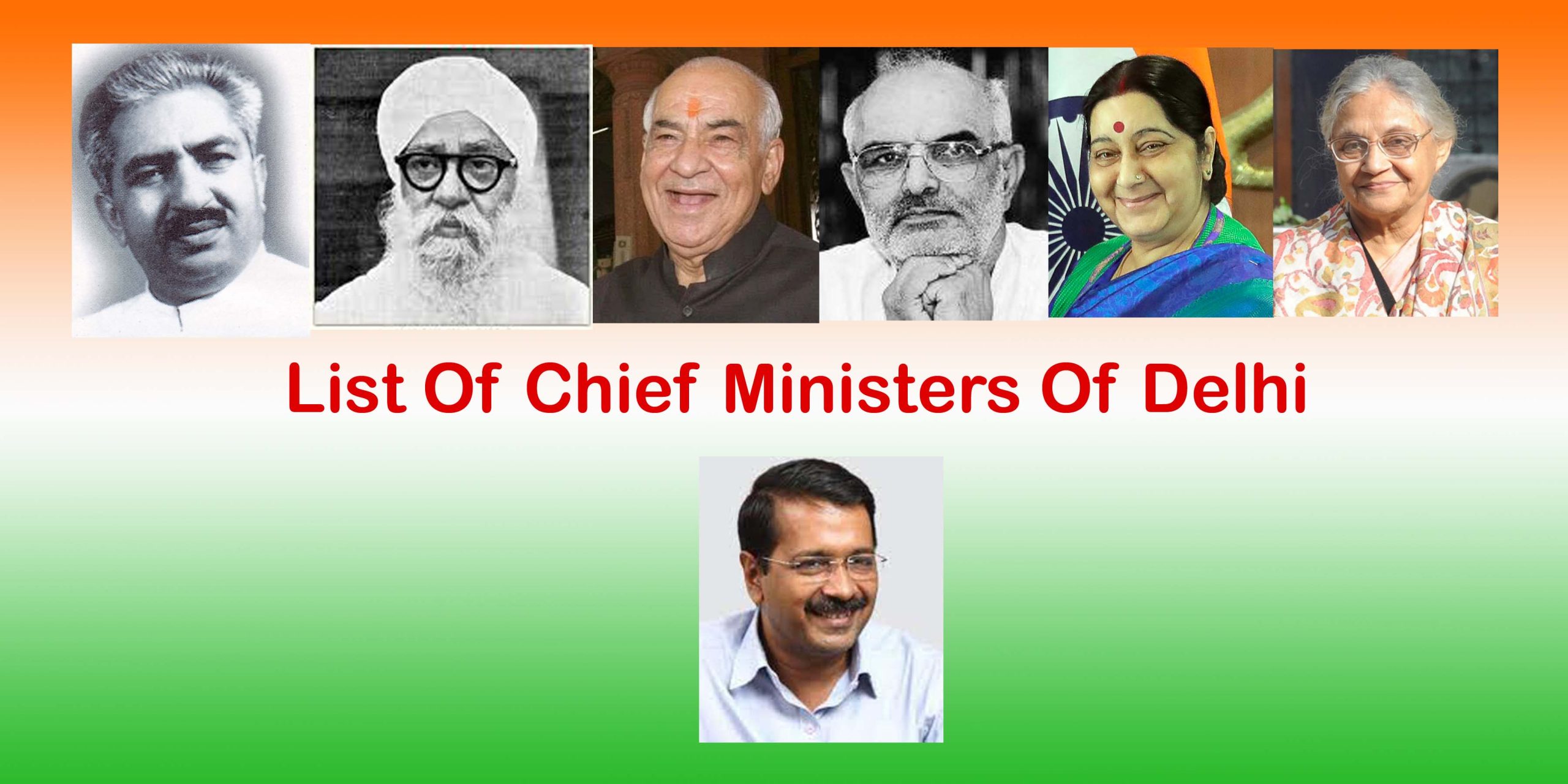
A Journey of Chief Ministers of Delhi Since Independence
Since Delhi became the national capital territory, it’s had some remarkable leaders. Being the Chief Minister here is no small task – after all, Delhi isn’t just any city. It’s at the centre of India’s politics, home to a mix of different people, and facing many challenges because it’s growing so fast. In a Journey of Chief Ministers of Delhi Since Independence, we’re going to take a closer look at the people who’ve been in charge of Delhi.
A Journey of Chief Ministers of Delhi Since Independence blog post aims to delve into the tenures of Delhi’s Chief Ministers, exploring their backgrounds, key contributions, challenges faced, and the legacies they’ve created in shaping the state’s destiny.
A Journey Through Leadership: Delhi Chief Ministers Since 1952
Brahm Prakash (1952-1955)
Brahm Prakash was Delhi’s first Chief Minister after India became independent. He was in charge during a time of political and social change. Under his leadership, Delhi began its journey from a newly formed union territory to a bustling metro city.
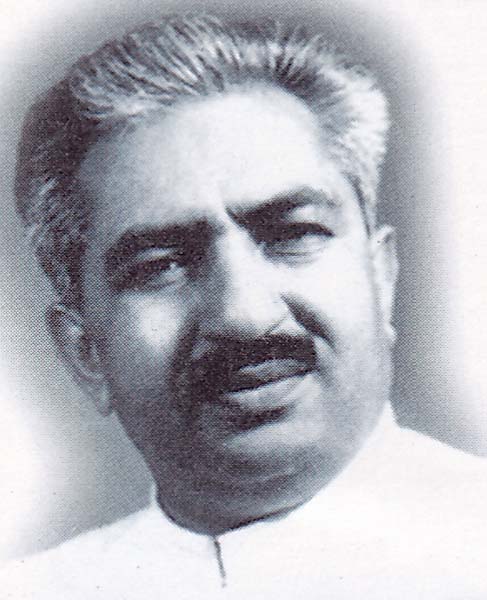
Key Contributions:
- He established the foundational administrative and governance structure in Delhi after independence.
- He concentrated on developing infrastructure, such as roads, housing, and public utilities, to support the rapidly growing population.
- He initiated welfare programs to raise the living standards of the underprivileged and help integrate refugees.
Challenges:
- He faced the challenge of building a robust governance framework for a city undergoing rapid demographic changes.
- He managed the influx of refugees and the related socio-economic challenges.
- He balanced the development needs with limited resources in a post-independence era.
Legacy: People remember Brahm Prakash for his pioneering work in establishing an effective administrative system and starting the development projects that would shape modern Delhi.
Gurmukh Nihal Singh (1955-1956)
Gurmukh Nihal Singh served as the Chief Minister of Delhi for a short time after Brahm Prakash. During his tenure, he worked to strengthen the systems needed to govern and develop Delhi, which was still relatively new to being an independent area.
Key Contributions:
- He bolstered the administrative framework his predecessor had set up, targeting efficient governance.
- He strongly emphasized developing infrastructure to accommodate the capital city’s burgeoning population.
- Social welfare programs, especially in education and healthcare, received priority to meet the needs of the expanding population.
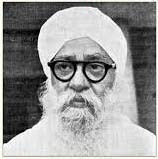
Challenges:
- He improved the governance structure to accommodate the territory’s rapid urbanization better.
- He tackled the housing and employment needs of a population with many refugees.
- He managed to balance development priorities against the territory’s limited budget resources.
Legacy: Gurmukh Nihal Singh was instrumental in Delhi’s early development following independence. Despite his short tenure, his significant efforts to establish a stable and responsive administration laid the foundation for the city’s future growth and development.
Madan Lal Khurana (1993-1996)
In 1993, Madan Lal Khurana became the Chief Minister of Delhi, signalling a crucial period in the city’s political and administrative evolution. Coming from a background of political activism and as a member of the Bharatiya Janata Party (BJP), Khurana had a vision of turning the national capital into a more livable and efficiently managed city when he took office.
Key Contributions:
- He established an improved administrative framework to modernize governance and public services in Delhi.
- He concentrated on developing infrastructure, such as roads, public transport, and urban planning, to meet the needs of a fast-expanding city.
- He initiated welfare programs specifically focusing on education, healthcare, and housing to assist the urban poor and enhance the overall living standards in Delhi.
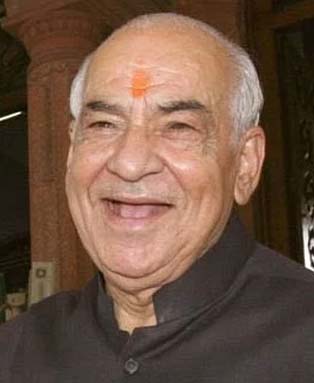
Challenges:
- He tackled bureaucratic obstacles and political inertia to roll out major infrastructure projects.
- He addressed the socio-economic differences within the city, particularly the widening gap between urban and suburban areas.
- He managed the environmental issues of rapid urbanization, such as pollution and waste management.
Legacy:
- Madan Lal Khurana’s tenure is renowned for launching significant reforms in infrastructure and governance that modernized Delhi.
- He set the stage for future development initiatives that enhanced the city’s accessibility, cleanliness, and management.
- Facing challenges in politics and governance, Khurana contributed lasting improvements to Delhi’s urban development.
- His work has profoundly shaped Delhi’s evolution into a globally recognized city.
Sahib Singh Verma (1996-1998)
In 1996, Sahib Singh Verma succeeded Madan Lal Khurana as the Chief Minister of Delhi. Verma, who had an educational background and strong ties to rural and urban communities, focused on balancing development and social welfare.
Key Contributions:
- Verma enhanced the administrative framework to boost public service efficiency, building upon his predecessors’ groundwork.
- He prioritized infrastructure development, significantly improving road connectivity and public transportation to accommodate the needs of an expanding city.
- He launched and broadened welfare programs in education and healthcare, emphasizing making these services accessible to the underprivileged and marginalized communities.
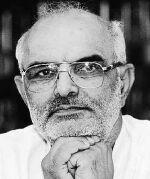
Challenges:
- Verma tackled the issues of Delhi’s swift urbanization, such as housing shortages, water scarcity, and rising pollution.
- He worked to close the divide between urban development plans and the requirements of rural areas in the National Capital Territory.
- He navigated the political dynamics within his party and with the central government, influencing policy execution and governance.
Legacy:
- During his tenure as Chief Minister, Sahib Singh Verma significantly advanced infrastructure and social welfare projects.
- He skillfully managed the challenges of supervising a rapidly evolving major city.
- His efforts to foster a more inclusive and sustainable urban environment marked a crucial chapter in Delhi’s development narrative.
Sushma Swaraj (1998)
In 1998, Sushma Swaraj took on the role of Chief Minister of Delhi, leading with a brief but significant tenure. With a strong background in law and politics and several key government positions, Swaraj applied her extensive experience and keen political insight to her leadership. She adopted a targeted governance approach to meet the city’s immediate needs.
Key Contributions:
- Swaraj reinforced Delhi’s governance framework to create a more responsive and people-oriented administration.
- She concentrated on enhancing public utilities and services, highlighting the importance of clean water and dependable electricity.
- She initiated programs to boost the welfare of women and children, showcasing her dedication to social issues.
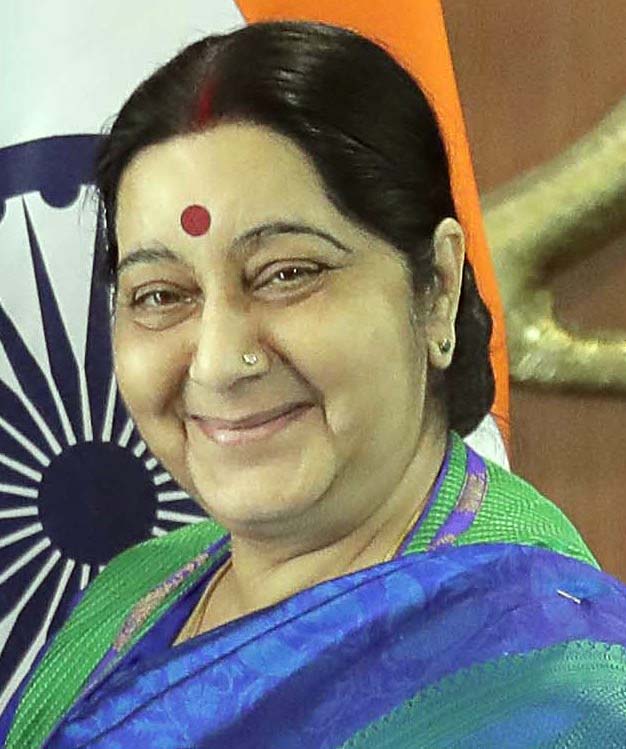
Challenges:
- Swaraj steered Delhi’s governance through political changes and prepared the city for imminent legislative elections.
- She tackled urban issues such as pollution, traffic jams, and the demand for better public services within a tight schedule.
- She aligned development goals with budget limitations while ensuring the sustainability of welfare programs.
Legacy:
- Although brief, Sushma Swaraj’s tenure as Delhi’s Chief Minister is celebrated for prioritizing efficient administration and social welfare.
- Her initiatives created a foundation that future administrations could enhance, especially regarding public services and attention to vulnerable groups.
- Swaraj’s short but impactful leadership significantly influenced the city’s governance and public policy strategies.
Sheila Dikshit (1998-2013)
Sheila Dikshit’s visionary leadership during her three consecutive terms as Delhi’s Chief Minister from 1998 to 2013 profoundly impacted the capital city. Her substantial political experience and profound grasp of urban governance played a pivotal role in modernizing Delhi.
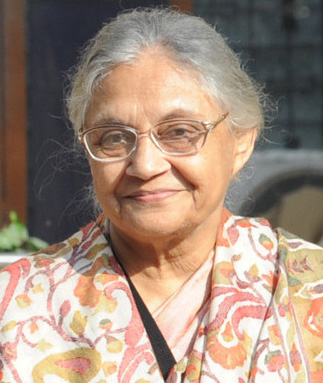
Key Contributions:
- Sheila Dikshit enacted a robust administrative framework that placed urban development, environmental sustainability, and enhanced public services at the forefront.
- Her leadership brought about a remarkable change in Delhi, leading to a substantial decrease in air pollution and the city’s beautification.
- Dikshit championed numerous social welfare programs, with a particular emphasis on healthcare, education, and women’s empowerment, resulting in substantial improvements in the quality of life for Delhi’s residents.
- She took a pioneering initiative by introducing the Delhi Metro, which revolutionized public transportation and alleviated traffic congestion.
Challenges:
- Sheila Dikshit grappled with Delhi’s swift urbanization, addressing pollution, traffic congestion, and housing shortages.
- She faced the intricate task of harmonizing industrial growth with environmental preservation and sustainability initiatives.
- Due to its distinctive status as a national capital territory, Delhi’s intricate political terrain presented its challenges.
Legacy:
- Sheila Dikshit’s tenure as Chief Minister is a testament to her pivotal role in propelling development in Delhi.
- Her visionary leadership restructured the city’s infrastructure and public services, establishing elevated benchmarks for urban governance nationwide.
- Dikshit’s lasting legacy stems from her unwavering commitment to enhancing Delhi’s cleanliness, livability, and inclusivity, firmly positioning her among the most influential Chief Ministers in Delhi’s history.
Arvind Kejriwal (2013-Present)
Arvind Kejriwal, a former civil servant who transitioned into politics, introduced a new era of governance to Delhi, emphasizing transparency, anti-corruption measures, and citizen-centric policies. As leader of the Aam Aadmi Party, he has pioneered inventive approaches to management and development during his tenure.
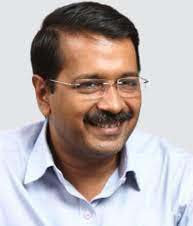
Key Contributions:
- Under Arvind Kejriwal’s leadership, groundbreaking policies were implemented in education and healthcare, substantially enhancing the quality and accessibility of these services.
- He introduced measures to combat corruption and increase transparency in government operations.
- Furthermore, he prioritized environmental initiatives, including pollution control and renewable energy projects, to enhance Delhi’s air quality.
Challenges:
- Arvind Kejriwal faced the challenge of navigating the complex relationship between the Delhi government and the central government, particularly concerning jurisdictional disputes.
- He had to address the urbanization challenges of traffic congestion, pollution, and housing.
- Additionally, he worked on ensuring the sustainability of welfare schemes amidst financial constraints and political opposition.
Legacy:
- During his leadership, Arvind Kejriwal is known for his strong dedication to reform and innovation in public administration.
- His emphasis on education, healthcare, and environmental sustainability has established new standards for urban governance in India.
- His tenure has been a transformative period in Delhi’s development journey.
Conclusion:
In a Journey of Chief Ministers of Delhi Since Independence have uniquely contributed to its development by establishing essential governance and infrastructure foundations and leading significant reforms in education, healthcare, and public services. They have actively sought to balance the challenges of rapid urbanization with sustainable development, address socio-economic disparities, and navigate Delhi’s intricate political landscape. This underscores the crucial role of visionary leadership in urban governance.
On Postswirl blogging site, In a Journey of Chief Ministers of Delhi Since Independence, take a closer look at their achievements. The hurdles they faced and the difference they have made in bringing the state forward.
